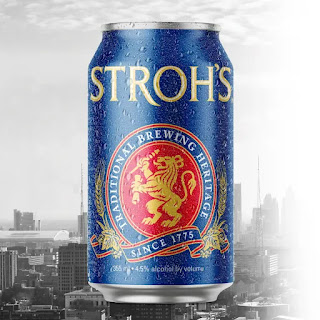Demolitions of old buildings are a regular topic on this blog, usually involving my hometown of Lorain. But today, the buildings being knocked down are (or were) located in the city that I work: Oberlin.
I drive through the Oberlin College campus each day to and from work, and the occasional detours (which seem to be more frequent now) allow me to see different areas of both the college as well as the city itself. It's always interesting and enjoyable.
Although much of the historic downtown is intact, some of it was lost over the years due to the college. Above is an article that ran in the Lorain Journal back on May 21, 1964 that talks about a couple of buildings that were sacrificed in the name of progress.
"The last of the wooden frame buildings in the downtown business district are slated to fall before the bulldozers in the near future to clear the way for the completion of the site work around the new Oberlin College Conservatory of Music complex," it notes.
"The building at 42 1/2, 44 and 46 S. Main St. will be razed to facilitate an entrance and exit to the conservatory parking lot and also provide a passageway from Main St. to S. Professor St.
"When the old structures bite the dust, they will carry with them more than 100 years of Oberlin history, except for the 42 1/2 site, which was built about 40 years ago to close off an alley.
"It was in this tiny structure 20 years ago that a barber shop was conducted by a group of Oberlin College faculty members and townspeople, as an outgrowth of a racial dispute.
"The shop was purchased from William Winder, by a non-profit organization, formed for the purpose of operating a bi-racial barbershop after local barbers had refused to integrate their shops.
"In 1949 after the shop had growth from a one-barber business to a flourishing two-barber shop serving all regardless of race, color or creed, the business was sold to Gerald Scott, one of the barbers, with the stipulation that it must continue to serve all races.
"Four years ago, Scott moved the shop to 44 S. Main St., next door to the original shop, and has continued to successfully operate on a bi-racial basis.
"However, he has received a notice from Oberlin College, owner of the building that he must find new quarters by Aug. 1.
"Unless he is successful in relocating, the destruction of the buildings may be the death knell itself for a business which was successful in spite of critics who said it couldn't be done.
"Mrs. Rose Marley, 127 S. Main St., Wellington, proprietor of the Pizza Shop at 44 S. Main St., could not be reached Tuesday, but reportedly she is hopeful of finding another location in Oberlin to continue her business."
"For many years the quarters now occupied by the barber shop housed a laundry operated by a Chinese, and the rooms occupied by the Pizza House were used for several types of businesses including dry cleaning establishments."




















































